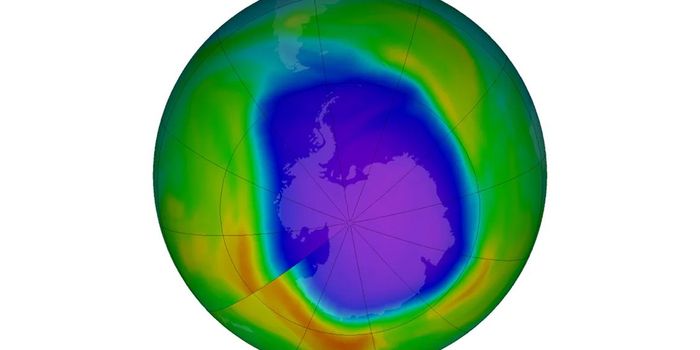Immunology
Rail Project Unearths Victims of the Black Death
APR 04, 2014 12:00 AM PDT
Share
High-Resolution Model Can Predict Storm Surge Flooding at Street Level
 The devastation caused in the Northeast from the storm surge of Hurricane Sandy highlights the need for more accurate storm surge predictions, especially within urban areas. The forces that drive storm surges begin many miles away in the open water, but forecasting the effect on heavily populated areas from the earliest data is problematic at best.
The devastation caused in the Northeast from the storm surge of Hurricane Sandy highlights the need for more accurate storm surge predictions, especially within urban areas. The forces that drive storm surges begin many miles away in the open water, but forecasting the effect on heavily populated areas from the earliest data is problematic at best.In broad terms, forecasters can predict the likelihood of it hitting a particular area with reasonable accuracy, but predicting specific effects at ground level is far more difficult. The channeling and redirecting of water from buildings and other barriers, as well as the differences in friction caused by different surfaces, can make response planning and preventative measures challenging.
A group from the Virginia Institute of Marine Science at William and Mary University has been able to derive at least some good out of Hurricane Sandy by developing a computer model from Sandy's data. The model was able to accurately depict the street-level flooding in New York City, as well as some of the surrounding areas, within a six-to-eight inch level variation - even in areas with high channeling and diversion from buildings, such as Manhattan. Their work was published in the recent Journal of Marine Science and Engineering.
This model may have great utility because it merges the so-called boundary conditions on the winds and tides that occur hundreds of miles offshore with the eventual effects of the resulting surge on the coastal areas. The goal is to be able to develop a model that can provide great street level accuracy and enough advance notice for officials to prepare their response teams and minimize damage.
The team used a so-called hindcasting technique, using the abundant data on Sandy to retrofit a model and test its accuracy against the actual results. The original test involved a large-scale model known as SELFE to hindcast the water level changes up and down the complete U.S. East Coast and into Canada.
Typical tidal conditions from 1,500 miles out into the open water were used to initialize the model. After allowing the model ten days worth of data prior to Sandy's arrival into the prediction area, the team continued the run to cover another five days, adding air pressure and wind speed and direction data in six minute intervals.
The output of water levels from SELFE was verified against actual tidal gauge readings from Long Island to Chesapeake Bay, and this data was used to drive a model that merged the water level data with a very high-resolution LIDAR-based elevation data of the New York City area. LIDAR can produce elevation measurements to within a few inches by using airborne lasers - thus the effects of buildings, berms, and other barriers can be accurately depicted.
For this model to work efficiently, three components are necessary: timely and accurate wind and tidal data, sufficient computing power to drive the model, and an accurate LIDAR-based elevation map to predict channeling. We may not be able to use this model in all circumstances, but it certainly shows promise for major offshore storms where the existence can be predicted far in advance, but not the destination.
You May Also Like
Loading Comments...








